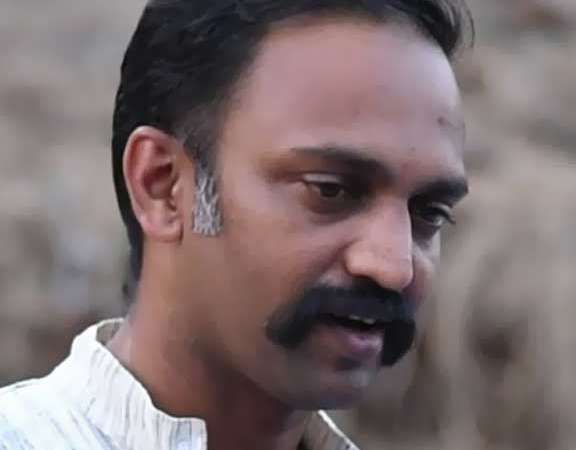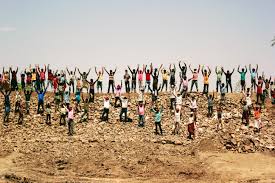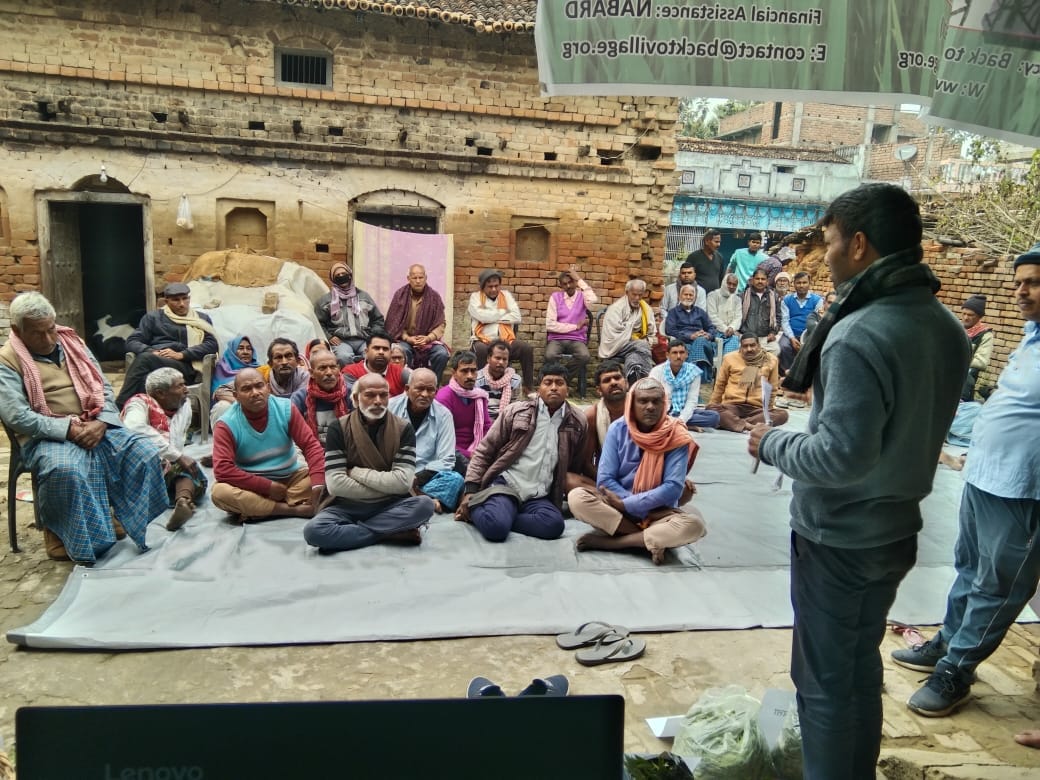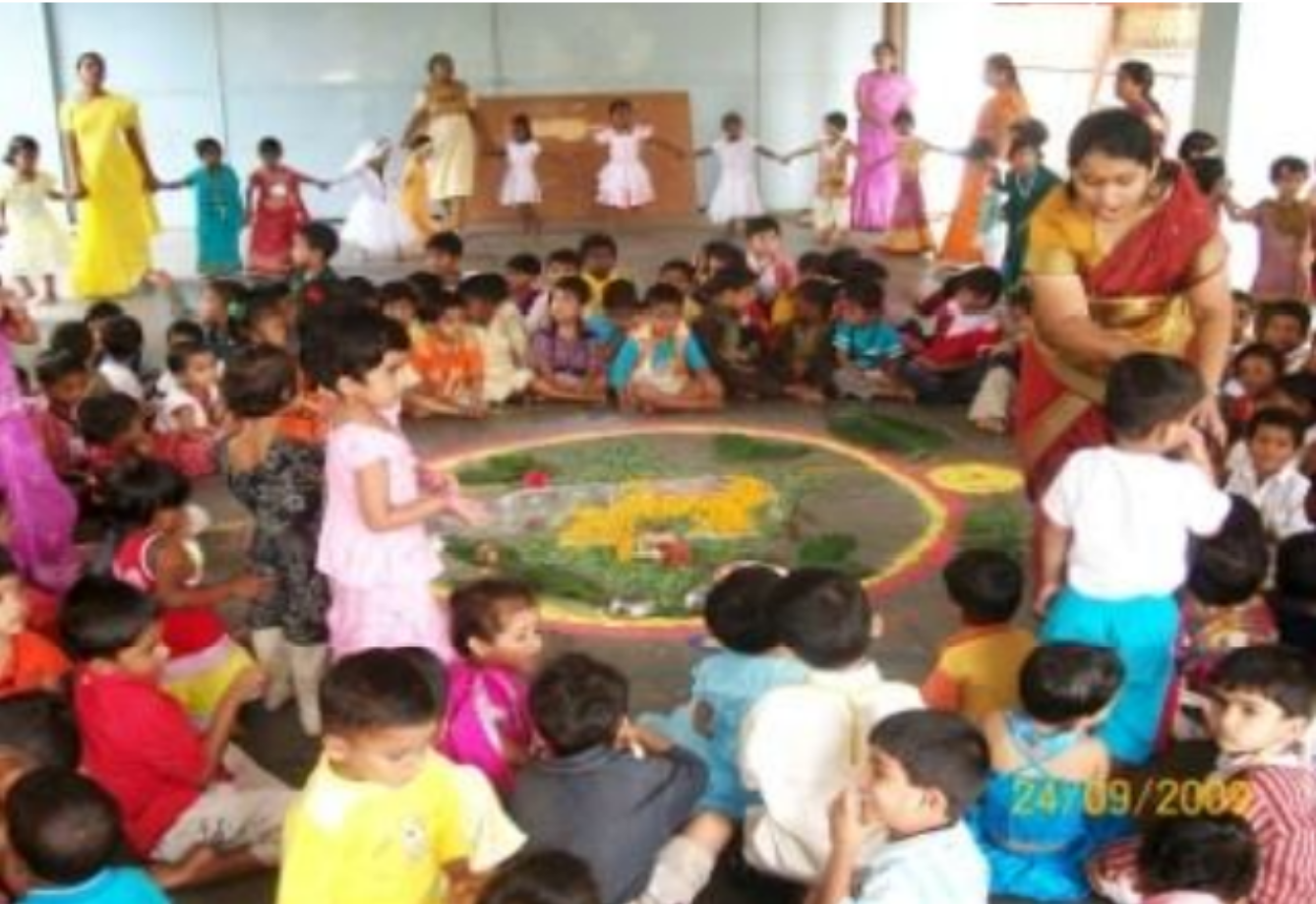When Indians became slaves in their own house
Imagine a stranger coming into your house and then telling you what to do such as where to sit and where not to eat. This is what Indians faced under British colonial rule. The tribals of India were possibly the worst hit. The British passed the Second Forest Act in 1878. Under this law, the Imperial Legislative Council, the legislature for British India, divided the forests of India into three parts, namely Reserved, Protected, and Village forests. Reserved parts were full of rich natural resources and also the parts from where the tribals were kept away. However these were also ecosystems that the tribals had lived for hundreds of years. Their life and livelihood, their gods, and their poetry was all interwound with these forests. The British in a single stroke of pen had snatched away all of it from the tribals.
And so they have remained
Now one might think that after India got its independence in 1947, laws might have changed and made it more people-friendly. Unfortunately and tragically, the effects of colonialism are such that they remain even after the colonial rule ends. The governments of India elected by its own people did not change these unfair and unjust laws, either because the leaders were themselves unaware of these consequences, lethargic or colonized themselves.
In 2006, Parliament of India for the first time passed a law called the “Scheduled Tribes and other Traditional Forest Dwellers – Recognition of Forest Rights Act.” Under this law, people living in forests could get a sense of freedom and finally be allowed to go back to their way of living. However, despite passing the law, a lot of tribals had almost little or no basic education. Therefore, even today, more than a decade after the law came into effect, a lot of these people don’t have enough knowledge about their rights and are often victims of corrupt and adamant bureaucrats. These tribals have a lack of basic education and are among the poorest people in India. All these factors lead to the rights given by the Indian Government or the fruits of progress not reaching them.
The voice of the tribals
In 1999, while working for a newspaper company in Mumbai, Milind Thatte realized that he was tired of his job and wanted to do something that he enjoyed such as hiking in the mountains, spending time in the countryside, or anything that gave him joy. He also wanted to serve the underprivileged tribals whose plight he knew.
He quit his job and went to the villages, volunteering full time with the “Ekal Vidyalaya Foundation” in the Nashik district of Maharashtra. It is an organization that works toward educating the youth and children in under-privileged and remote parts of India where Governmental infrastructure is scarce such as the interior tribal regions. Since then, for the past three decades, Milind has been rendering yeoman service to the tribals, educating them about their rights, making them self-reliant and becoming their voice. We got a chance to interview Milind and understand the work he is doing.
Did he find it hard to quit his lucrative job in favor of social service? We ask him. “Continuing the job was harder for me than quitting it.” he tells us smilingly through his thick mustache.
With Ekal Vidyalaya, Milind spent about 9 years conducting schools and educating the tribal youth. During his first few years while working with them, he had realized that education is not the only problem the tribals faced. “It took me 4-5 years to realize that” he tells us.
His experience took him to start his own initiative in 2008 known as “Vayam,” which means “We” in the ancient language of Sanskrit. He told us that wanted his organization to reflect the preamble of the Indian constitution which starts with “‘WE,’ THE PEOPLE OF INDIA.”. He told us that he wanted the fruits of democracy to be enjoyed by all and all people of the society should matter equally. Did his family approve of his leaving a good job and settling in a remote place without proper income. He told us he was always helped and encouraged by his family including his wife Deepali, his parents and his sister as well as his close friends.
What does ‘Vayam’ do?
Milind tells us “Vayam is working to strengthen democratic institutions in villages for better governance of natural resources, leading to a sustained growth of environment and democracy.” Today the Vayam team consists of about 2000 volunteers with many of them working full time for the cause, and this organization has grown so much in the past 12 years due to the successes of it as well as the power of social media that today it operates in almost 200 villages in the Nashik and Palghar districts of Maharashtra. Although starting the organization by himself, Milind today merely considers himself as just a small part of Vayam exemplifying an important attribute of leadership.
The Vayam’s office which the volunteers call their home is in the town of Jawhar and is called the “Lokshahi Jaagran Kendra,” which literally translates to “Center for awakening democracy living.” The center conducts regular “abhyas varg” or “study sessions” on the 3rd monday of every month attended by many people from surrounding villages. It also conducts residential training throughout the year for those dedicated to the cause in orienting them towards the work.
The volunteers of Vayam helped organize a “Gram Sabha Jagran” with over 2500 tribals from the Jawhar region gathering to demand their rights. They were able to regain their rights back from the government concerning natural resources such as the water and tribal lands in their villages. That was one of the most important moments for tribal rights. The villages that participated in this gathering have started to conduct their own meetings to discuss any problems that they might face as a community.
What is their approach to the problems faced by these tribal villages? It is relative to the problems that each village is dealing with. In some villages, it is education, in some it is water scarcity, some others it is lack of awareness of rights etc. Vayam team works on all these fronts with the villagers. As an example let us discuss one such village transformed by the Vayam team – the Doyapada village
DOYAPADA VILLAGE
Fighting for tribal rights
In this village with the help of the Vayam team, the villagers filed claims for cultivation rights for community forest which is approximately 470,000 meters2 in size. Even though the land belonged to the people of the village as per the Forest Rights Act, the Forest Development Corporation of Maharashtra (FDCM) had been controlling this land for decades. FDCM or as one environmentalist calls it, the “Forest Destruction Corporation” was a government corporation that harvested timber from the forests. The company threatened the villagers from using anything from this. However, with the education of legal rights by the Vayam team, the farmers refused to budge. The Doyapada villagers, with the help of Vayam, were also able to draw up plans so they could conserve the forest. This wasn’t a small feat.
Vayam not only helps tribals with momentary challenges but also strengthens self-governance structures within them.
Ensuring tribals get jobs in their own villages
Due to many of these challenges including financial difficulties, many tribals, especially the young adults moved to the cities in search of jobs. Once there, the lives of these people became very difficult and they lived very segregated lives in these cities, mostly in slums. They lived in dangerous conditions while making very little income and many times were worse than they were back in their villages.
The National Rural Employment Guarantee Act (NREGA) was proposed in 2005 and went into effect in 2006 with the goal of creating more jobs for tribals within their communities. While lack of basic education prevented these tribals from applying for these jobs, the biggest problem with the program was corruption. Many government officials in charge were prone to practicing nepotism where they would give those jobs to people whom they knew or would sell those jobs for certain sums of money.
Vayam stepped in and empowered local tribal citizens to fight for their rights. Vayam taught these people how to write and file their papers, and lobbied with local bureaucracy for proper and fair implementation of the program. Since then, Vayam has been successful in getting employment for a lot of people who have been estimated to receive wages of nearly ₹ 4 Crores (approx. $550,000). Vayam hopes to continue this initiative moving forward and spreading out to 15,000 households by the end of 2020.
Equality between tribals and government officials
The Vayam team has tried to ensure equality for tribals in their daily life in many ways. The team teaches the villagers to not address government officials as “saheb,” meaning “sir,” but rather as “bhau” or “ji”. Addressing them as “bhau” (brother) shows equality between both the sides. Vayam also teaches villagers to learn the jargon that the officials use, which helps the villagers to have a better understanding of their rights.
Many people in these villages don’t agree with what Vayam is doing at first, but once they see the impact, they become more likely to change their minds.
There are also other activists who work for tribals but do see the government as an enemy, so they are rude and express hatred for the government itself. Vayam makes this distinction between Democracy and. Bureaucracy. He tells us that it is important to make the activists understand that “we” are part of the democratic system rather than against it. Vayam teaches the villagers to maintain a friendly relationship with the government officials and be skillful in their fight for rights.
Today, Milind Thatte has been appointed by the Government of Maharashtra as an expert member on the state Tribal Advisory Council. He is also a consultant to the state government in its “User-centered groundwater management project.” He has developed many communication strategies in the NRM (Natural Resources Management) sector.
Milind believes that the biggest challenge when one wants to change something is to change oneself first – be the change that you want to see in others as Swami Vivekananda put it. What is his advice to youth who want to do something good? He tells us to take a leap of faith. He quotes from one of his favorite authors: “Do not think too much. Do some thoughtless things”.
It was indeed truly inspiring to know and learn about such a change-maker.
(This article is based on the research and interview conducted by two Indian-American high-schoolers as part of the Dharma Internship Program 2020. The authors acknowledge the valuable suggestions and help from their mentors and program coordinator)
Works Cited
1) byvayamindia, Posted. वयम् चळवळ Vayam India, 10 Mar. 2020, vayamindia.wordpress.com/.
2) Harding, Robert. “Found This on RobertHarding.com.” Robert Harding, Mar. 2011, www.robertharding.com/preview/817-471650/typical-house-farmer-cart-gond-tribe-gadchiroli-maharashtra/.
3) “Kokan Jalkund Below Ground.” Jalvardhini Pratishthan, Patheya Services, 2013, www.jalvardhini.org/kokan-jalkund.php.
4) “Milind Thatte.” Rashtram School of Public Leadership, Rashtram, 2020, rashtram.org/team/milind-thatte/.
5) Sandbrook, Review by Dominic. “Review: The British in India: Three Centuries of Ambition and Experience by David Gilmour – Why the Raj and Empire Confound Simplistic Moral Judgement.” Culture | The Sunday Times, The Sunday Times, 25 Aug. 2018, www.thetimes.co.uk/article/review-the-british-in-india-three-centuries-of-ambition-and-experience-by-david-gilmour-why-the-raj-and-empire-confound-simplistic-moral-judgement-g9z0dn3w7.






